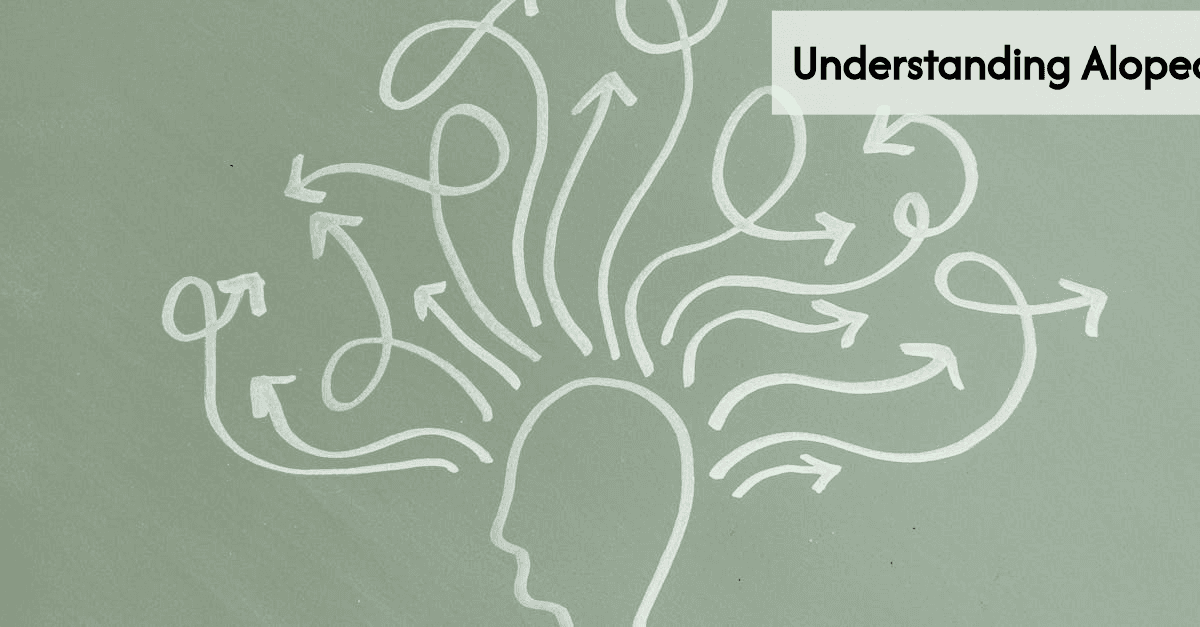Blog
Blog
Comprehensive Guide to Treating Androgenetic Alopecia: Options and Solutions
Updated: January 17, 2025

Understanding Androgenetic Alopecia: Causes and Symptoms
Before diving into the world of treating androgenetic alopecia, it’s imperative to grasp what this condition entails. Androgenetic alopecia (AGA), often referred to as male or female pattern baldness, is a common form of hair loss that affects millions around the globe. Understanding the causes and symptoms can help you identify whether you are experiencing this condition and explore treatment options effectively.
What Causes Androgenetic Alopecia?
So, what’s the culprit behind this unwanted hair loss? It primarily stems from genetic factors and hormonal changes. If your parents had thinning hair or bald spots, there’s a good chance you might face the same fate. In fact, according to the American Hair Loss Association, up to 80% of men and 50% of women experience some degree of androgenetic alopecia by the age of 70.

On the hormonal side, dihydrotestosterone (DHT) plays a huge role. This testosterone derivative shrinks hair follicles, leading to shorter hair growth cycles and ultimately, hair shedding. Over time, you might notice your hair becoming thinner and finer, especially on the top of the head.
Symptoms to Watch Out For
Recognizing the onset of androgenetic alopecia is crucial for early intervention. Here are some common signs:
- Gradual Hair Thinning: For men, the hairline may recede, forming an 'M' shape, while women typically see thinning at the crown.
- Bald Spots: Men might develop a bald spot at the back, while women may experience overall thinning.
- Miniaturization of Hair: You may notice shorter and finer strands with each hair wash; this is a major indicator of the weakening of hair follicles.
Here’s a quick comparison table for male and female symptoms:
| Symptoms | Male Pattern Baldness | Female Pattern Baldness |
|---|---|---|
| Hairline Recession | Common | Rare |
| Top of Head Thinning | Common | Common |
| Patchy Bald Spots | Common | Rare |
| Overall Hair Thinning | Rare | Common |
Understanding the causes and symptoms lays the groundwork for effectively treating androgenetic alopecia. The next step is recognizing available treatment options that can potentially reverse or slow down this hair loss journey.
How to Diagnose Androgenetic Alopecia
When it comes to treating androgenetic alopecia, the first step is confirming that this is indeed the issue at hand. The diagnostic journey can sometimes feel like an episode of a medical drama, but thankfully, it doesn’t have to be overly complicated. Let’s walk through the process of how healthcare professionals determine if you’re dealing with this common condition.
Medical History Review
Your doctor will kick things off by taking a detailed medical history. This includes looking at your family’s hair loss patterns, any hormonal changes, medication usage, and lifestyle factors. As I’ve learned, the genetic angle is particularly crucial: if your relatives have dealt with similar issues, it increases the likelihood that you may too.
Physical Examination
Next up is the physical examination. This is where your doctor will examine your scalp and hair loss patterns. They’ll check for miniaturization of hair follicles—those finer strands we talked about earlier—because these are classic signs of androgenetic alopecia. It’s almost like being in an episode of "CSI Hair Loss Edition."
Pull Test and Scalp Biopsy
If your physician suspects androgenetic alopecia, they might perform a pull test. This involves gently tugging on a small group of hairs to see how many easily come out. While it's not the most comfortable experience, it helps gauge the health of the hair follicles.
In some cases, a scalp biopsy might be recommended. This involves taking a small sample of the scalp to examine the hair follicles under a microscope. It sounds a bit invasive, but it can provide pivotal insights into the condition of your scalp and whether any inflammation is present.

Laboratory Tests
Depending on your symptoms, your doctor may also suggest blood tests to check for hormonal imbalances or underlying medical conditions contributing to hair loss. Conditions like thyroid disorders or iron deficiency anemia can mimic symptoms of androgenetic alopecia, so it’s important to rule these out.
Here’s a quick rundown of the diagnostic steps for easier reference:
| Diagnostic Step | Description |
|---|---|
| Medical History Review | Evaluate family history, lifestyle, and hormonal changes. |
| Physical Examination | Inspect scalp and hair loss patterns. |
| Pull Test | Assess hair follicle health by gently pulling strands. |
| Scalp Biopsy | Microscopic examination of hair follicles. |
| Laboratory Tests | Check for hormonal imbalances or medical conditions. |
Once you have a diagnosis, you can confidently move forward to explore effective treatments for androgenetic alopecia, ensuring that you’re equipped with all the right tools to battle hair loss!
Frequently Asked Questions
What is androgenetic alopecia?
Androgenetic alopecia, commonly known as male or female pattern baldness, is a genetic condition that leads to hair loss in both men and women, often characterized by hair thinning and bald spots.
What are the symptoms of androgenetic alopecia?
Common symptoms include gradual hair thinning, receding hairlines in men, thinning at the crown in women, and the development of bald spots. Miniaturization of hair, where strands become shorter and finer, is also a key indicator.
How is androgenetic alopecia diagnosed?
Diagnosis typically involves a review of medical history, a physical examination of the scalp, a pull test to assess hair follicle health, and possibly a scalp biopsy or blood tests to rule out other conditions.
What treatment options are available for androgenetic alopecia?
Treatment options include topical treatments like minoxidil, oral medications like finasteride, laser therapy, and hair transplant surgery. It's essential to consult with a healthcare professional to determine the best approach for your situation.
Unleash Your Confidence with the Right Hair Solutions!
Struggling with hair loss due to androgenetic alopecia? At MyHair.AI, we specialize in providing tailored solutions to help you reclaim your locks and restore your confidence. Our comprehensive approach combines the latest treatments, expert insights, and personalized plans designed just for you. Don’t let hair loss hold you back any longer—take the first step towards fuller, healthier hair today!
Explore your options now at MyHair.AI and discover the path to vibrant hair restoration!